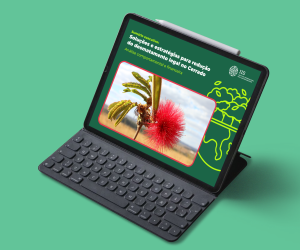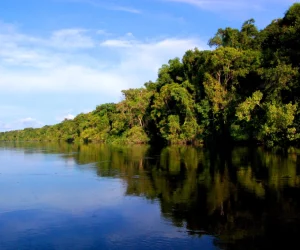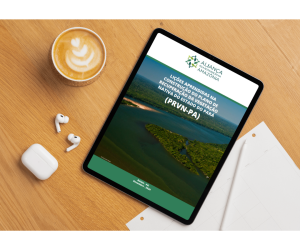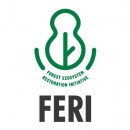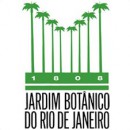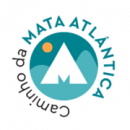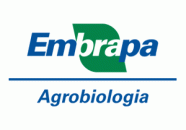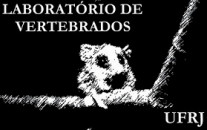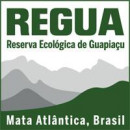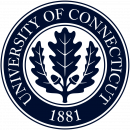Spatial intelligence
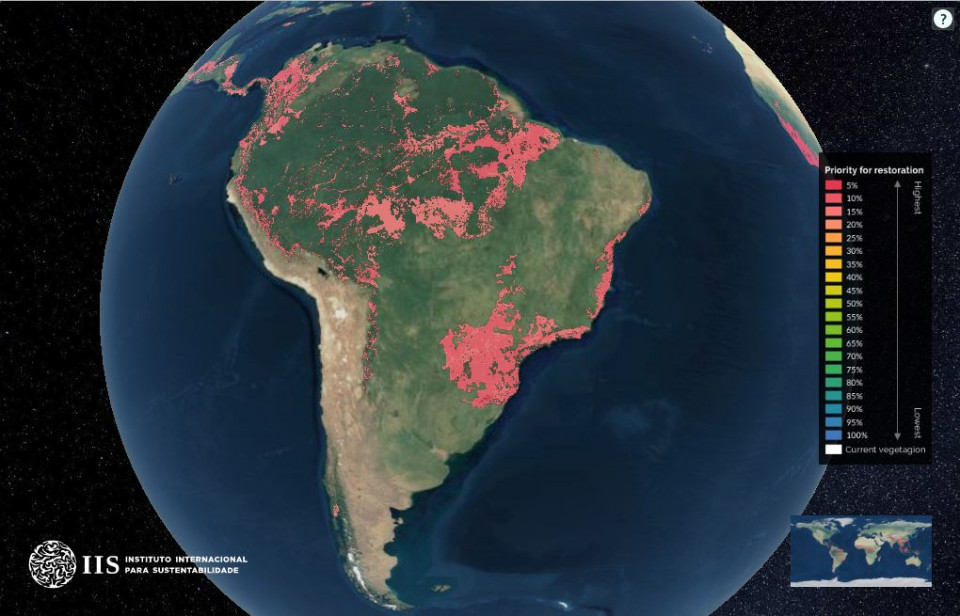
Whether identifying areas with a high risk of future deforestation or with greater value for conservation or restoration,
landscape modeling and monitoring enables an analysis using chemical, physical-chemical, biological and physical parameters integrated in different environmental matrices. The main product of IIS in this line is PLANGEA - a multi-criteria optimization algorithm that identifies priority areas for restoring natural landscapes, covering all converted natural areas and the main types of ecosystems. This unprecedented tool was used to map priority areas for the restoration of the Atlantic Forest and for the restoration of the five largest types of native vegetation on a global scale, using three criteria: (i) maximizing the benefits for the conservation of biodiversity by increasing habitat areas available for wildlife; (ii) maximizing the benefits for mitigating climate change, through projections for carbon sequestration arising from the recovery of native vegetation, and (iii) minimizing possible conflicts with agriculture, seeking areas with lower value of current agricultural production.
Related Content
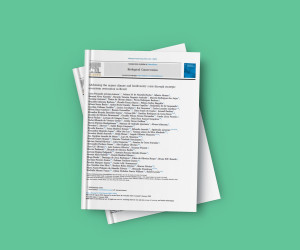
Addressing the urgent climate and biodiversity crisis through strategic ecosystem restoration in Brazil
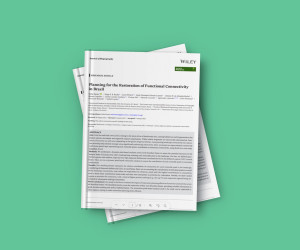
Planning for the Restoration of Functional Connectivity in Brazil
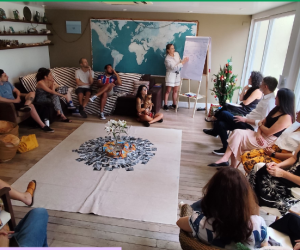
07.01.25
IIS completes 15 years of history, impact and achievements!
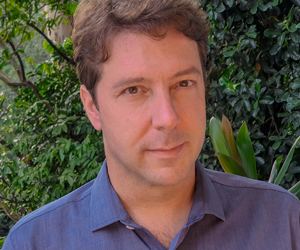
07.01.25
For the third consecutive year, Bernardo Strassburg is elected one of the most influential researchers in the world
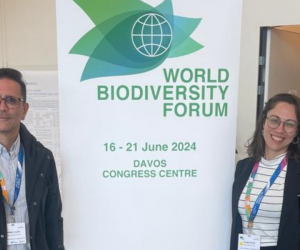
08.07.24
IIS representatives present results at the World Biodiversity Forum (WBF) 2024
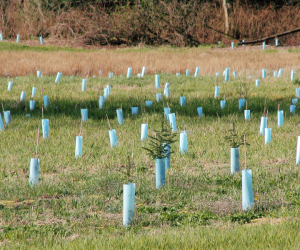
What are Nature-Based Solutions (NbS) and what are their benefits?
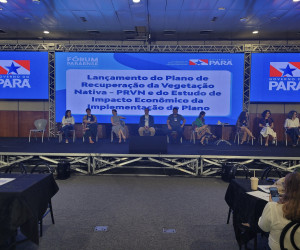
21.12.23
Now it’s law: Pará must restore vegetation on 5.6 million hectares
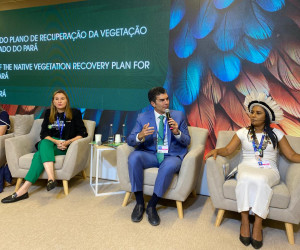
20.12.23
During COP 28, Pará launches a plan co-led by IIS to restore the Amazon
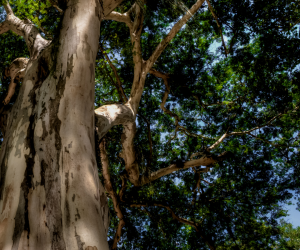
20.12.23
How do the conservation and restoration of ecosystems contribute to the climate agenda?

Framework to guide the mitigation of natural disasters through Nature-based Solutions
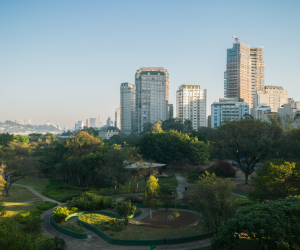
15.09.23
IIS is one of the winners of the “Biodiversity and Ecosystem Services Scenario Modelling Challenge”

13.04.23
Video: PLANGEA Web International Launch
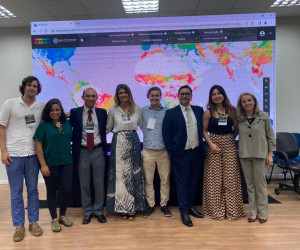
13.03.23
IIS launches online platform with priority areas for ecosystems conservation and restoration around the world
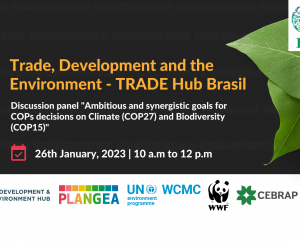
17.01.23
Video: discussion panel “Ambitious and synergistic goals for COPs decisions on Climate (COP27) and Biodiversity (COP15)”
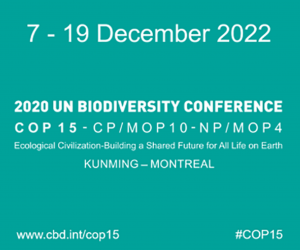
06.01.23
IIS contributes to different targets of the Post-2020 Global Biodiversity Framework (Post-2020 GBF)
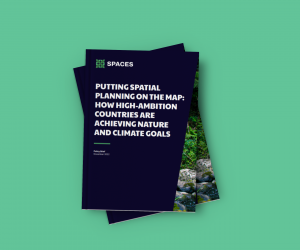
Putting spatial planning on the map: how high-ambition countries are achieving nature and climate goals

Strengthening environmental governance and traceability in cattle supply chains in Brazil
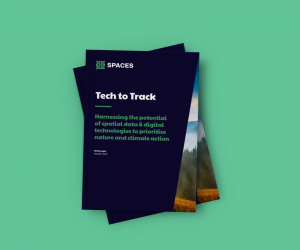
Tech to Track: Harnessing the potential of spatial data & digital technologies to prioritise nature and climate action
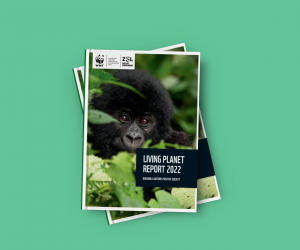
Living Planet Report 2022: building a nature-positive society
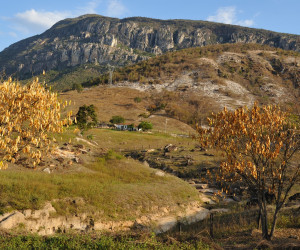
Assessment of species conservation status and spatial priorities for conservation and restoration in the Rio Doce basin

IIS-re.green partnership to restore at least 1 million hectares of forests

SPACES: spatial intelligence for climate and nature
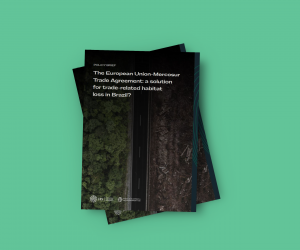
Policy Brief: The European Union-Mercosur Trade Agreement: a solution for trade-related habitat loss in Brazil?
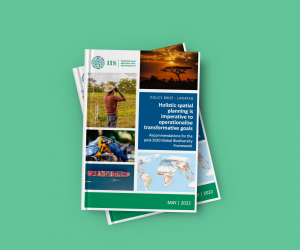
Holistic spatial planning is imperative to operationalise transformative goals: recommendations for the post-2020 Global Biodiversity Framework
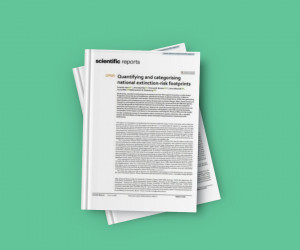
Quantifying and categorising national extinction-risk footprints
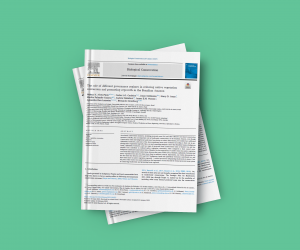
The role of different governance regimes in reducing native vegetation conversion and promoting regrowth in the Brazilian Amazon

15.02.22
Identifying Priority Areas for Restoration: Amazon Biome

Identifying Priority Areas for Restoration: Amazon Biome

04.02.22
Bernardo Strassburg, Executive Director of IIS, listed as one of the best scientists in the world by Stanford University and Elsevier
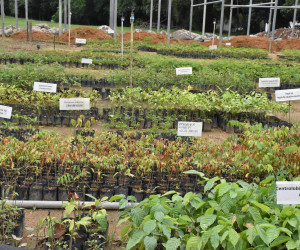
On the Atlantic Forest trail: restoring landscapes and strengthening local production chains in the Central Fluminense Mosaic
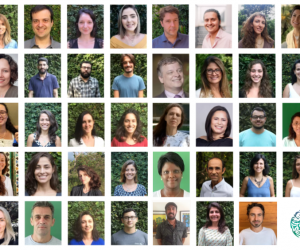
21.12.21
What have we learned in 2021? – IIS Retrospective
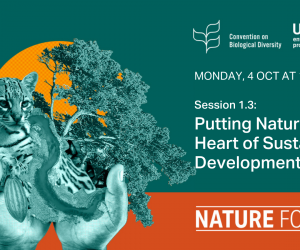
05.10.21
IIS is a #UNBiodiversityLab 2.0 data provider
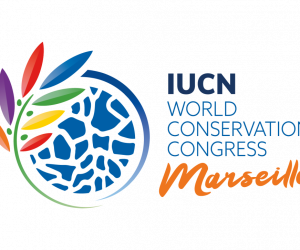
09.09.21
IIS at the IUCN World Conservation Congress
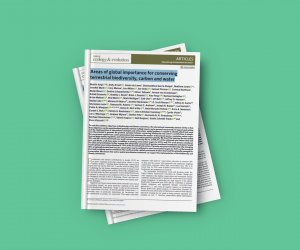
Areas of global importance for conserving terrestrial biodiversity, carbon and water
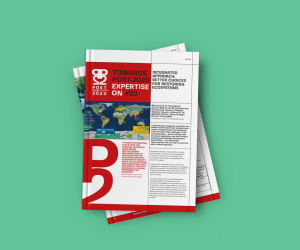
Expertise on #23 – Integrated approach: better choices for restoring ecosystems
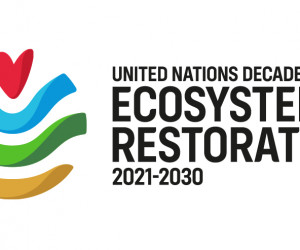
28.05.21
IIS in the UN Decade on Ecosystem Restoration
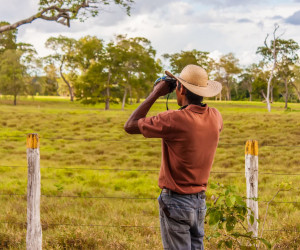
05.03.21
Workshop on agricultural commodities production and trade scenarios outcomes on land use change and biodiversity in Brazil
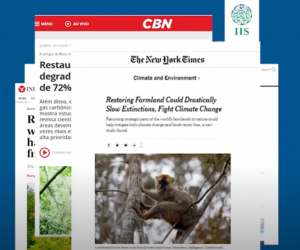
09.02.21
2020 in retrospective
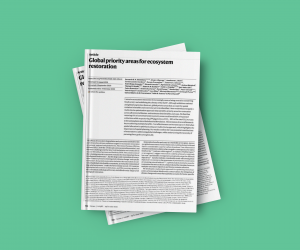
Nature: Global priority areas for ecosystem restoration
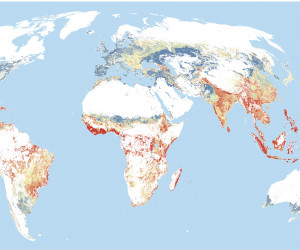
14.10.20
Restoring 30% of the world’s ecosystems in priority areas could stave off more than 70% of projected extinctions and absorb nearly half of the carbon built up in the atmosphere since the Industrial Revolution
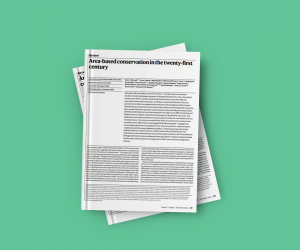
Nature: Area-based conservation in the twenty-first century
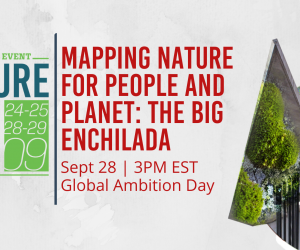
25.09.20
Mapping Nature for People and Planet

Nature: Bending the curve of terrestrial biodiversity needs an integrated strategy
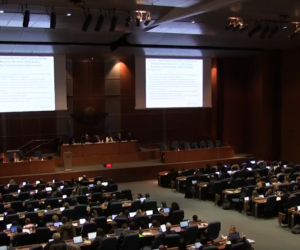
25.11.19
IIS at the UN Biodiversity Convention´s SBSTTA-23
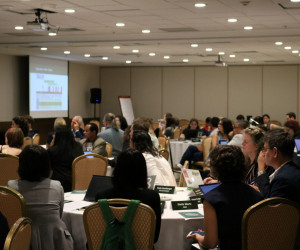
07.11.19
“Living in harmony with Nature” – second day of the Thematic Consultation on Ecosystem Restoration discusses how to achieve the 2050 Vision
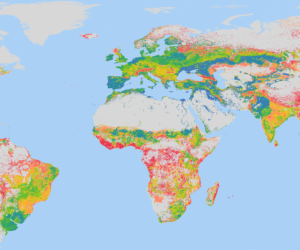
PLANGEA: Strategic Land Use Planning

GEF Private Areas – Conserving biodiversity and rural landscapes
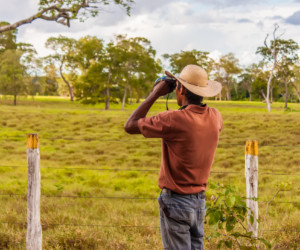
UKRI GCRF Trade, Development and the Environment Hub
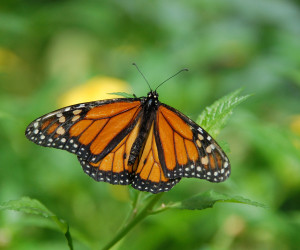
Biodiversity and Ecosystems’ Economy Study (TEEB) – Paraíba do Sul River Basin – Paulista Portion / São Paulo
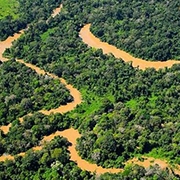
Evaluation of ecosystem services in the state of Acre
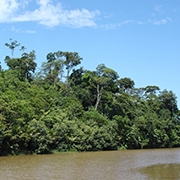
Large-scale ecological restoration of Mata Atlantica
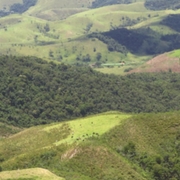
Sustainable Rural Development in Paraitinga River Basin, São Paulo State
Evaluating the impact of future actions in minimizing vegetation loss from land conversion in the Brazilian Cerrado under climate change
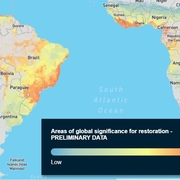
05.10.19
IIS joins Nature Map

04.07.19
Brazil is the country with the greatest potential for regeneration of tropical forests

04.05.19
Planejamento pode conciliar recuperação florestal e expansão agrícola
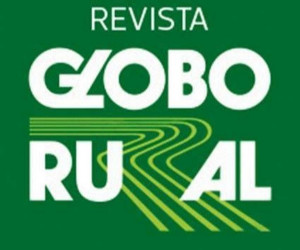
04.05.19
Planejamento pode conciliar recuperação florestal e expansão agrícola
25.03.19
Algorithm helps in the restoration of the Atlantic Forest
08.01.19
Atlantic Forest: where it is worth to restore
30.12.18
Research help Atlantic Forest
19.12.18
Algorithm indicates the best places to restore the Atlantic Forest
19.12.18
Restoration with agriculture – New methodology indicates that reconciling recovery of the Atlantic Forest with interest of the farmer can reduce costs and increase benefits
18.12.18
Optimizing restoration can deliver an eightfold increase in cost-effectiveness
18.12.18
Brazil could save more species at half the cost with new forest restoration plan
17.12.18
Brazlian researcher presents novel approach to identify optimal priority areas for restoration in Atlantic Forest hotspot
17.12.18
Restoration where it pays off
12.12.18
Brazil conservation plan could save three times the species for half the money
30.04.17
Bernardo Strassburg talks to TV PUC-Rio about the progress of Cerrado deforestation, its consequences and the possibilities to avoid the collapse of the biome.
24.03.17
The G1 website has disseminated the study elaborated by CSRio, IIS and partners, which shows that in 30 years the Brazilian cerrado may have higher plant extinction in the world history
24.03.17
Bernardo Strassburg talks about the progress of deforestation in Cerrado in an article from Observatório Eco – Direito Ambiental.
15.04.16
Centre for Conservation and Sustainability Science is inaugurated
04.05.15

